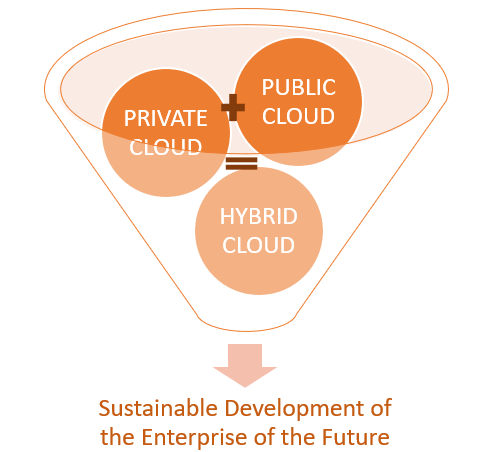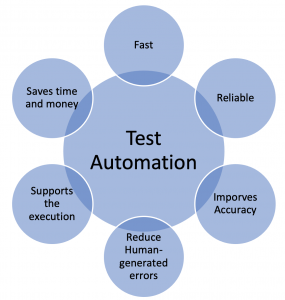Hybrid working models : What are the main challenges for companies?
The outbreak of the corona pandemic made the home office, remote work and hybrid working models the new normal. Even though the covid situation is under control, many people continue to work from home, especially as this model is increasingly supported within companies. However, employees complain about many unsolved problems in everyday work. The switch to remote work and the entire implementation of digitization measures are essential for long-term.
IT professionals have already shown over the past year how the technology use may automatically make working from home practicable. Now they must demonstrate how the flexible technology can link office workers with remote workers so that the same level of productivity may be attained regardless of location while saving on business costs. Here below are the main challenges faced by organizations in their adaption of remote work.
Appropriate working devices and digital tools: Technology enables companies to act and react flexibly. Hybrid-work requires that employees are equipped with the necessary digital tools and applications to work productively. Thus, many businesses have traditionally resisted purchasing laptops and other mobile devices like tablets in favor of more affordable desktop PCs due to cost concerns. In many companies, even when laptops are available, they frequently do not have the set up required for working outside of the office, including the proper drivers for peripheral devices as well as security settings and connections to the company network. An integrated IT infrastructure and the interconnectivity of the systems are the key to successful remote work. The home office also frequently lacks printers or monitors. Employees’ dissatisfaction with the working environment at home or while traveling – assuming they aren’t able to work 100% remotely at all – is therefore understandable. Companies must ensure providing employees with hardware that works so the productivity level and the best of both worlds can be achieved.
IT security: Security is often cited as the main reason why companies hesitate to establish a hybrid working model. Remote work devices often lack security components such as firewalls, proxy servers or patch management that protect the internal network from attacks and data loss. Companies are taking big risks in terms of their data security and data protection if employees use their own devices for work, which are less secure when working on the go than a computer inside the company’s perimeter. In order to control and eliminate all security risks companies need a comprehensive security architecture that ranges from protection and segmentation of the network to identity and access management including encryption and endpoint security.
Team collaboration and communication: When it comes to hybrid work, it must be always ensured that all employees – no matter where they are – can work together efficiently and that a smooth communication and exchange is guaranteed. Upgrading to a modern communication system that works via the cloud brings many advantages. The changeover is straightforward, and the new communication system makes it easier for employees to communicate both internally and externally. Companies that offer hybrid work can also benefit from various hybrid workplace communication tools to help employees with their different needs in order to speed up work, create better team connections, and remove diversions. CIOs must therefore rethink communication concept by taking digital tools into account. It’s all about creating a seamless experience for all employees, enabling them to reach their full potential both remotely and in the office alike.
Technical support: Employees working from hybrid locations must be able to rely on the fact that an experienced contact person for technical support is always available. Regardless of whether it is an external service provider or an in-house IT department: It is also important to maintain the end devices by updating the software running on them. Many companies cannot cope with the challenges of the new normal world. If the problems cannot be solved internally, it is advisable to outsource certain tasks to external service providers. By outsourcing hardware provisioning & planning technical support, operational efficiencies increase.
The pandemic gave companies the opportunity to redefine work environments and conditions. They should therefore consider what current and future work environments can look like and what investments are necessary so that employees can work in the best possible way, regardless of location. In order to ensure that a hybrid working model is formed in the organization and that employees can flexibly divide their working hours between the office and the home office, the IT department should collaborate closely with management and the learning and development teams.
.



